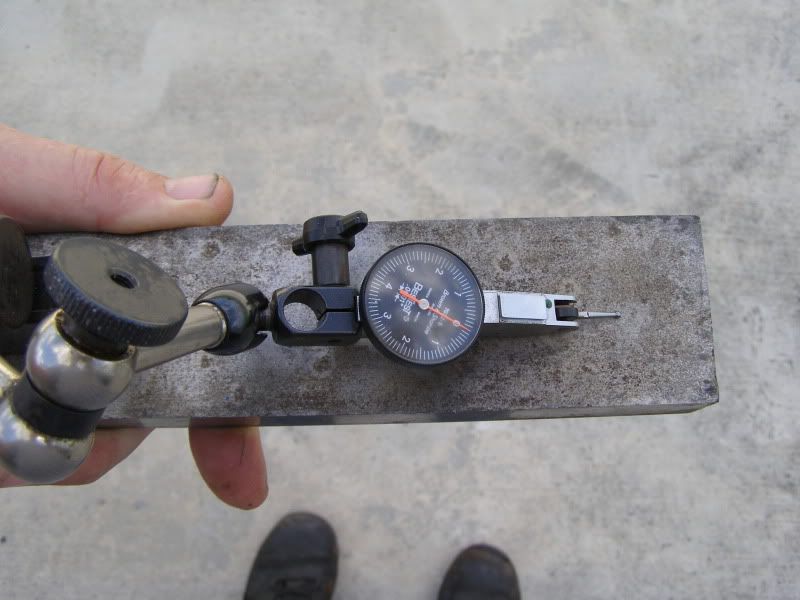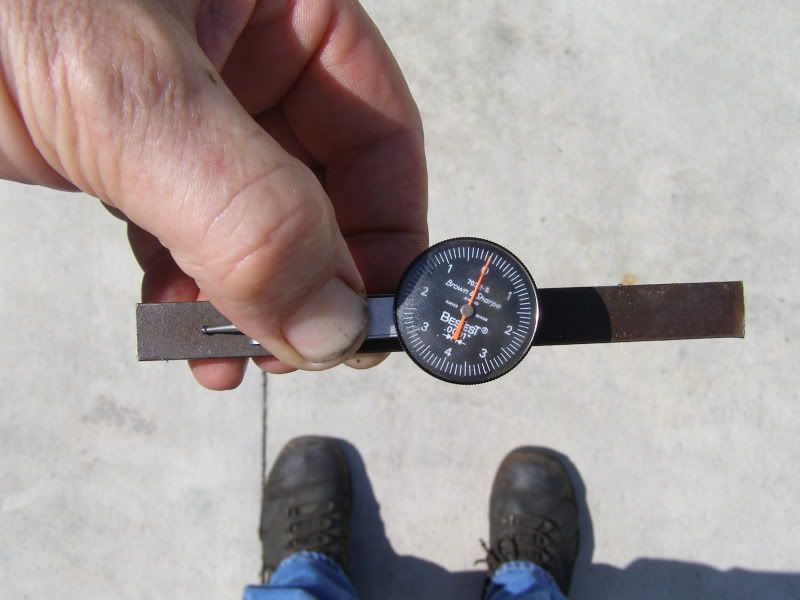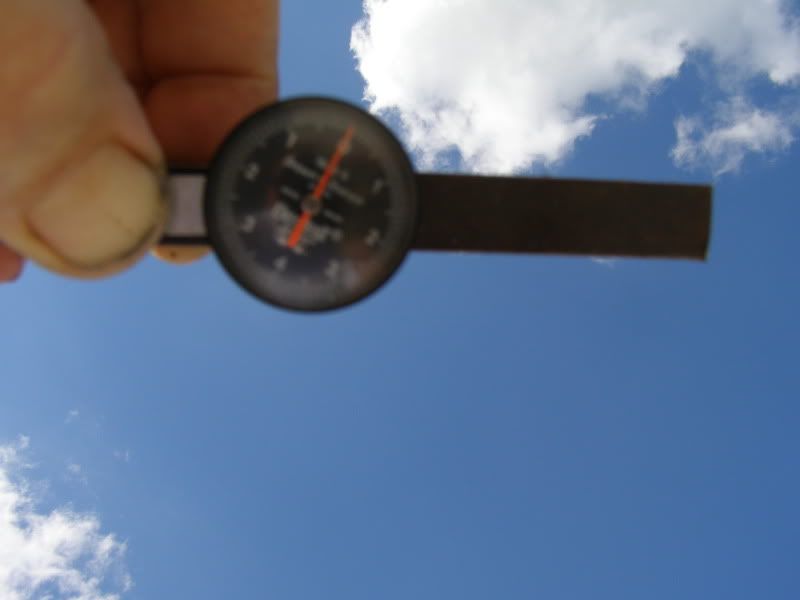Okay, I feel like a noob. Kind of am I guess. Been around machines for a while but have mostly used dial indicators. Now that I have a SB lathe at home and a Rockwell mill I have gotten more involved. I purchased a few dial test indicators. I noticed (because I dropped one the other day) that the point moves. I am very delicate when it comes to precision instruments because my dad is a surveyor. I know if I knock it out of whack I can put it back but if I am trying to indicate something can I move that to get a better angle? I would have thought it would be better to leave it alone.
I also see some used one's for sale on ebay with the contact points out of whack. Emailed the one guy and he said his intrepid is that way because they move. Wondering what everyone thoughts is on this. If I spend $300 on something I wouldn't want to break it because I am lazy. Looking at either grabbing an interapid, compac, tesatest or bestest in .0001 for final indicating when doing barrels for chambering.
I also see some used one's for sale on ebay with the contact points out of whack. Emailed the one guy and he said his intrepid is that way because they move. Wondering what everyone thoughts is on this. If I spend $300 on something I wouldn't want to break it because I am lazy. Looking at either grabbing an interapid, compac, tesatest or bestest in .0001 for final indicating when doing barrels for chambering.








